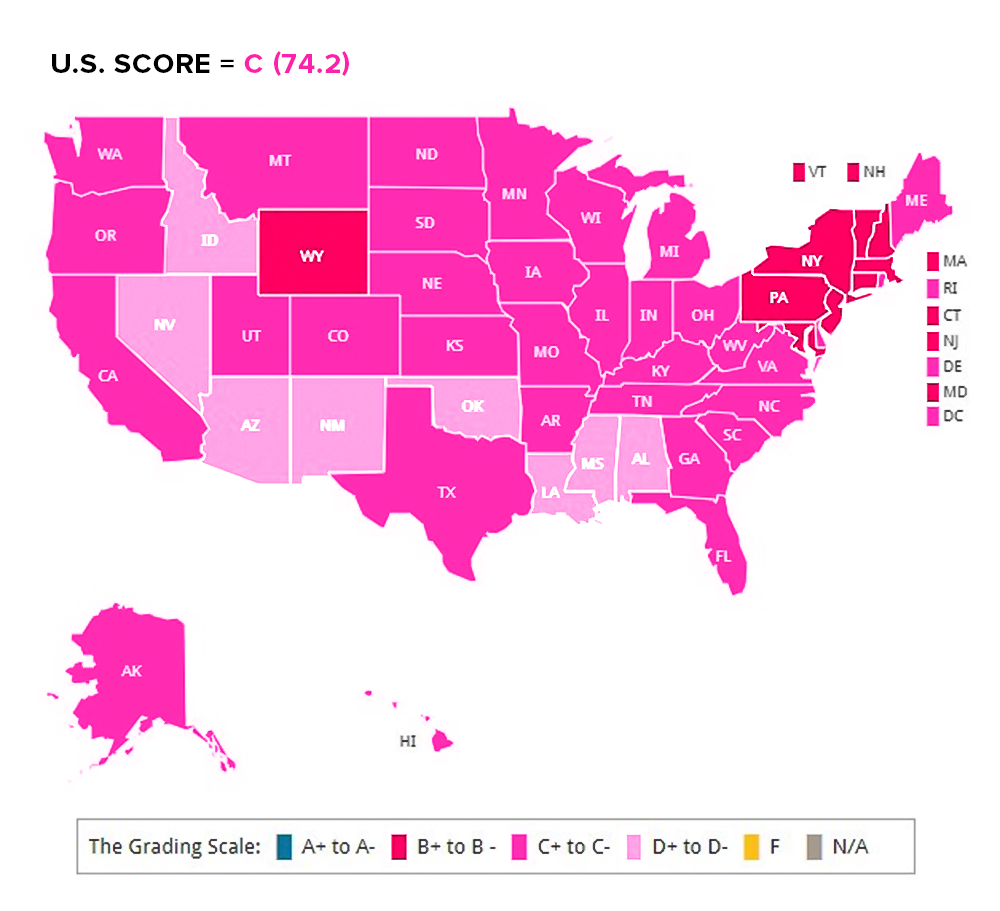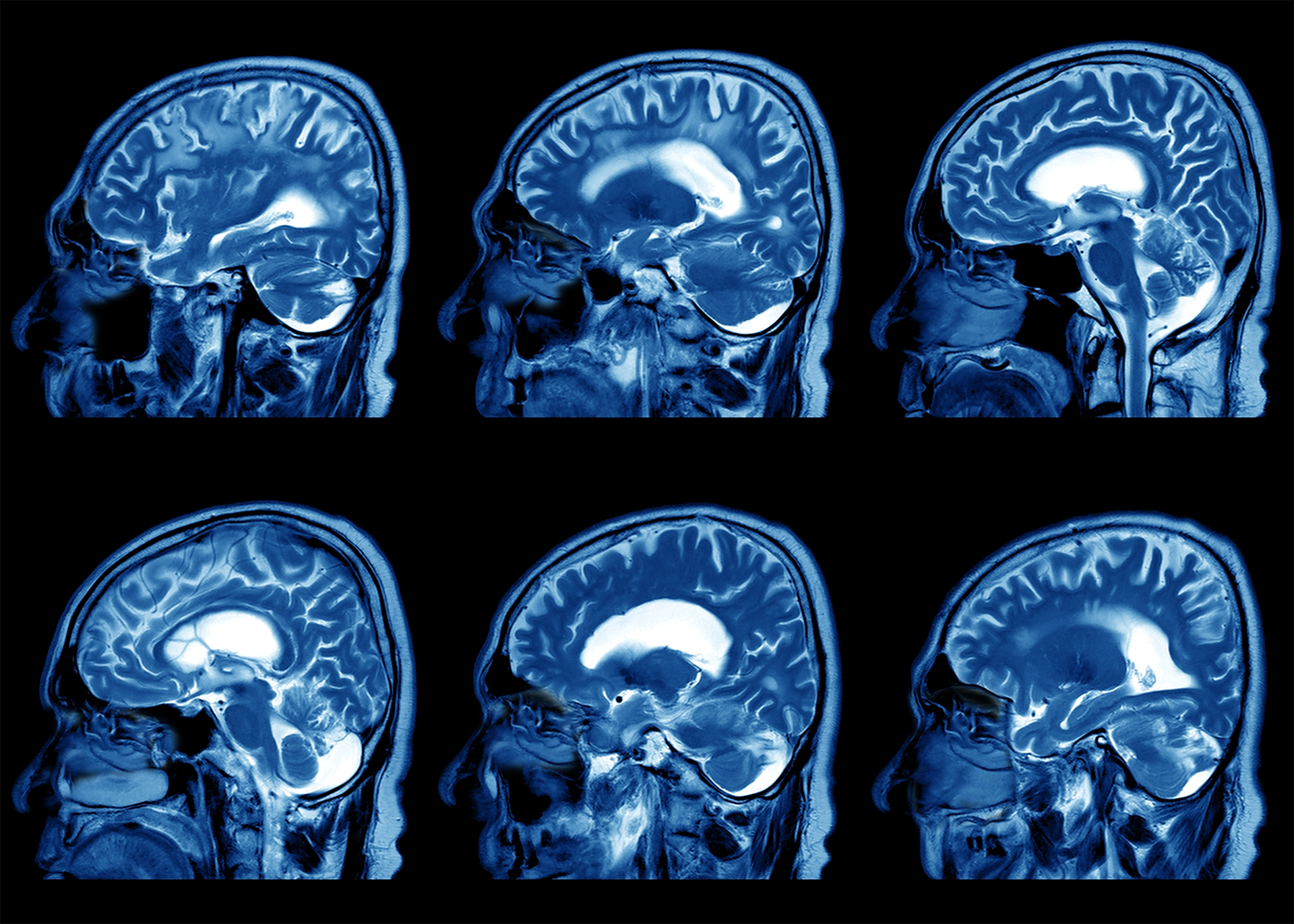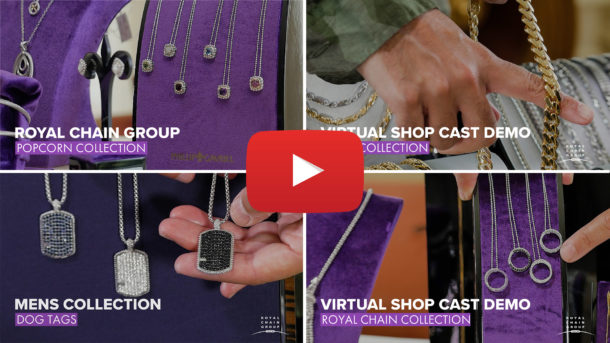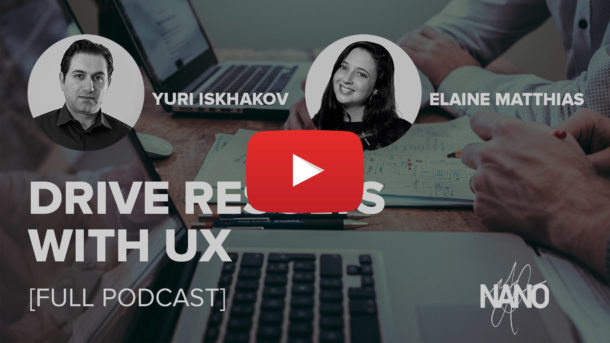Many students struggle to learn in traditional education’s “one-size-fits-all” format, but the right adaptive learning platform could change all that.
Albert Einstein is known as one of the greatest thinkers of our time. But few people know that he originally failed the entrance exam to the Swiss Polytechnic Institute. It was only after Einstein switched to a prep school that stressed visual thinking that he managed to graduate at the top of his math and physics courses.
Despite consistent anecdotal and research evidence for differences in the way in which students learn best, the traditional style of education still follows a “one-size-fits-all format”: classes follow a designated schedule, time limit, and curriculum structure, with no room to adapt to the individual differences in the ways in which students learn best. Moreover, most teachers are already aware that every student is different. So why hasn’t education adapted? Well, that’s because even if schools are aware of the different environments in which students are most likely to succeed, the current structure of education is too inflexible to account for these differences.
Could the Current Failure of Education Really Just Be an Issue with Fit?
Recent statistics show that the average U.S. student falls into the “C” grade range. You read that correctly…a “C.”

If students’ test scores aren’t up to par in the current educational system, what could be the cause? It’s obvious that based on these test scores, the current system isn’t working. So, could the solution to current issues with education be as simple as adapting material to better fit students’ needs? Or
This Is Yours (And My) Brain On Learning

Traditional education runs on the assumption that everyone thinks relatively the same. But findings from psychological and neuroscience research suggest that there are vast differences in the ways in which people think critically and learn. For example, some people tend to focus on the details, while others care about “big picture” significance. Moreover, while some people prefer to use and learn from words, other people–just like Einstein–tend to rely more heavily on visuals. With the recent advent of new diagnostic technology, neuroscientists have been able to actually observe and predict these preferences in the brain. What that means is this: our different preferences for learning are so strong they actually affect the way our brains process information.
Despite this strong evidence, traditional education has still failed to adapt. While charter schools and even online and blended classrooms have attempted to accommodate for differences in learning preferences and abilities, the success of these initiatives
Adaptive Learning: Fitting the Material to the Student, Not the Student to the Material

Online adaptive learning platforms are the latest attempt at adjusting coursework to fit students’ learning needs. Online platforms allow for the flexibility of adjusting to differences in students’ styles of learning. These systems are usually used as a supplement to traditional classroom
Although some of these systems seem promising, they too are not without issue. For example, the main focus of adaptive learning systems ultimately come down to questions about
Solving the Education Crisis
Learning starts in the brain, and everyone’s brains are different. These differences significantly affect how we learn, process information, and acquire knowledge. Therefore, there is a need for an online platform to consider

Dr. Brynne DiMenichi is a Cognitive Neuroscientist @ NANO Web Group



